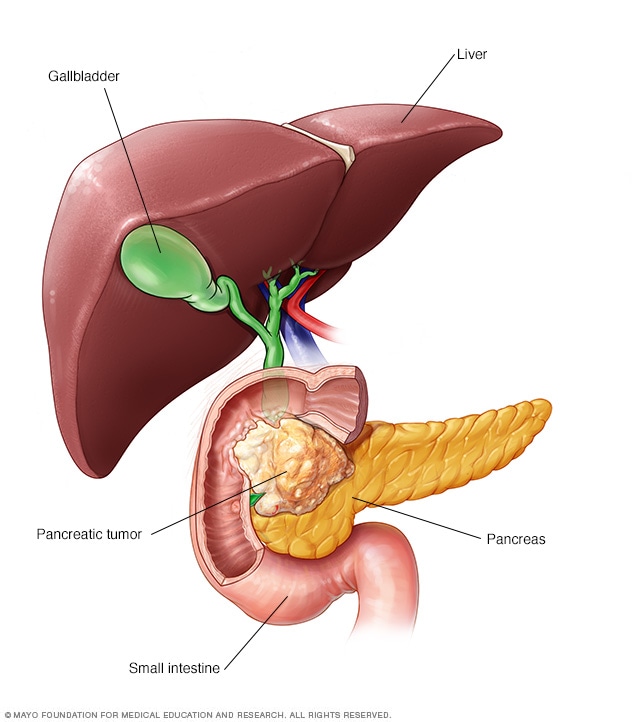Precision Treatment in Advanced Liver Cancer
Pancreatic cancer is one of the deadliest cancers, with a survival rate of less than 10%. Researchers have long struggled to understand why this cancer is so aggressive and resistant to treatment. A new study has uncovered a previously unknown type of cancer cell that may hold the key to improving treatments and patient outcomes.

For years, scientists categorized pancreatic cancer into two main types based on molecular characteristics:
Classical type – Responds better to chemotherapy.
Basal-like type – More aggressive and resistant to treatment.
But recent findings suggest there may be an intermediate type, bridging the gap between these two.
A New Cancer Cell Type: Ep_VGLL1
Researchers analyzed cancerous tissue at a single-cell level, allowing them to identify different cancer cell populations. One key discovery was a previously unknown cancer cell type, named Ep_VGLL1. This cell type doesn’t fit neatly into the classical or basal-like categories. Instead, it appears to act as a transitional state between them.
Why Is This Important?
Worse Prognosis – Patients with higher levels of Ep_VGLL1 cells had a poorer prognosis, suggesting this cell type plays a role in the progression of the disease.
Chemoresistance Link – The presence of Ep_VGLL1 cells may be involved in cancer’s resistance to chemotherapy, a major hurdle in pancreatic cancer treatment.
New Treatment Strategies – If scientists can target these transitional cells, they may be able to slow or stop the shift from classical to basal-like cancer, potentially improving treatment response.
What’s Next?
The study suggests that by focusing on Ep_VGLL1 cells, we might develop new therapies that prevent pancreatic cancer from becoming more aggressive. Future research will explore how to block or eliminate these cells to improve survival rates.

